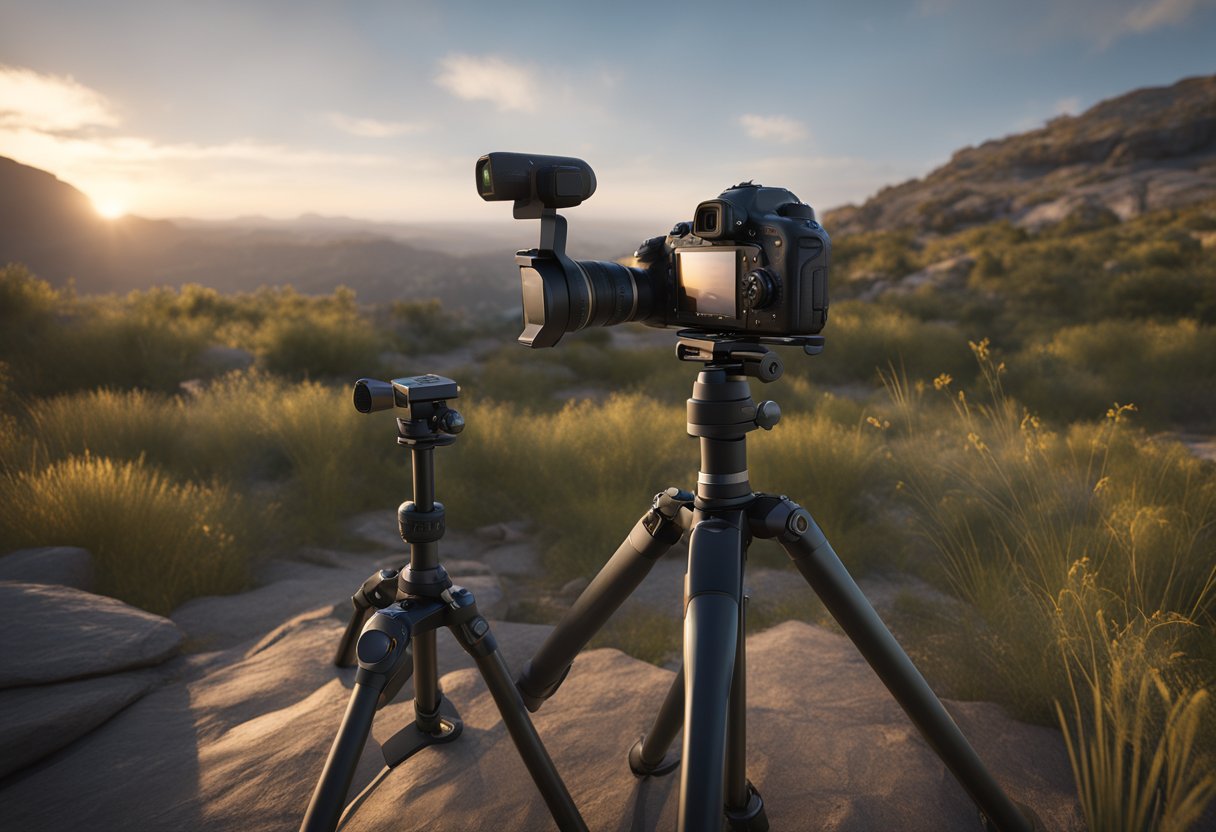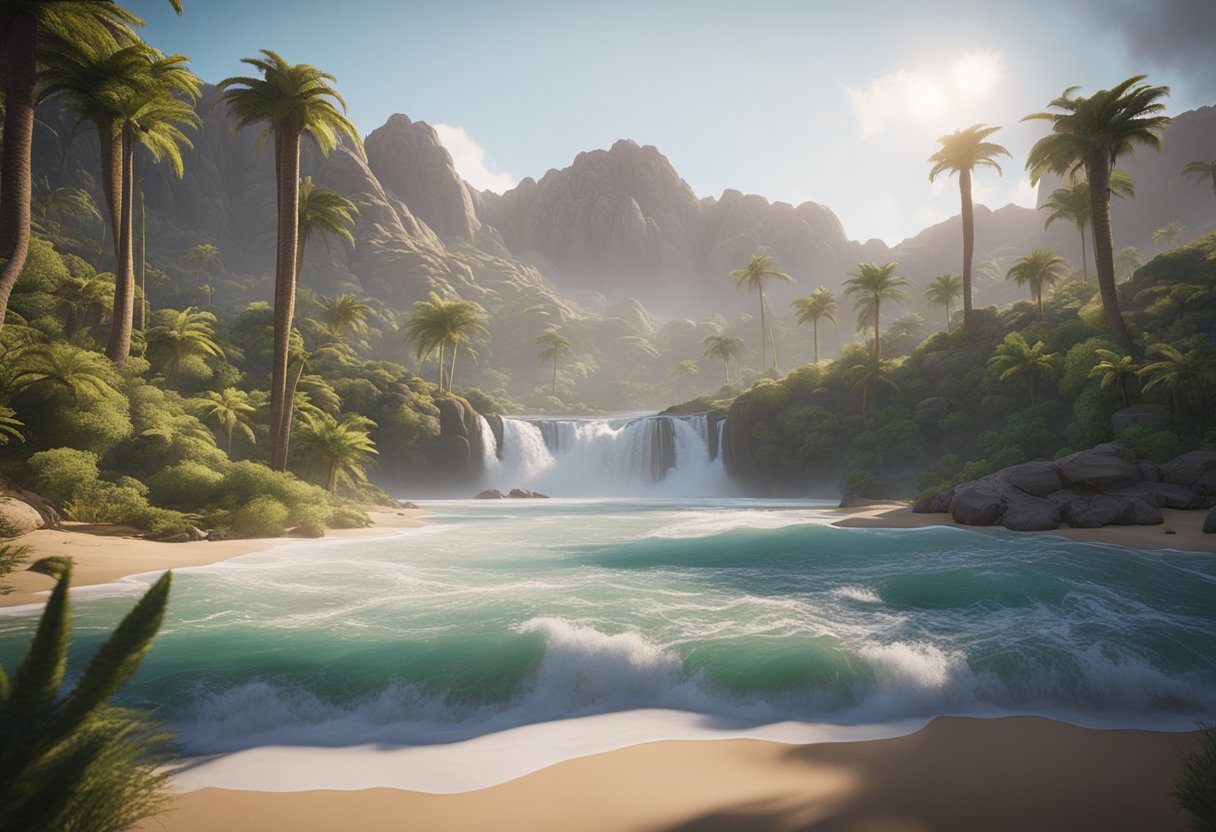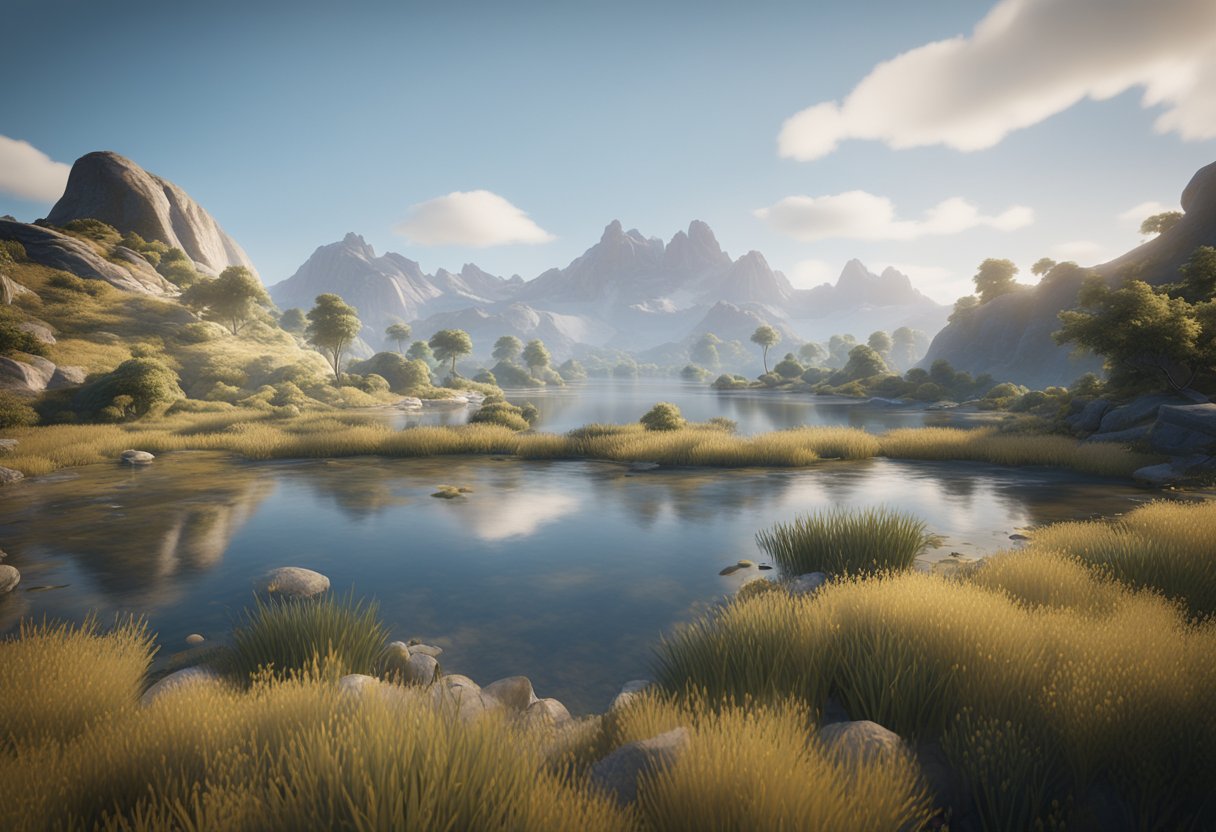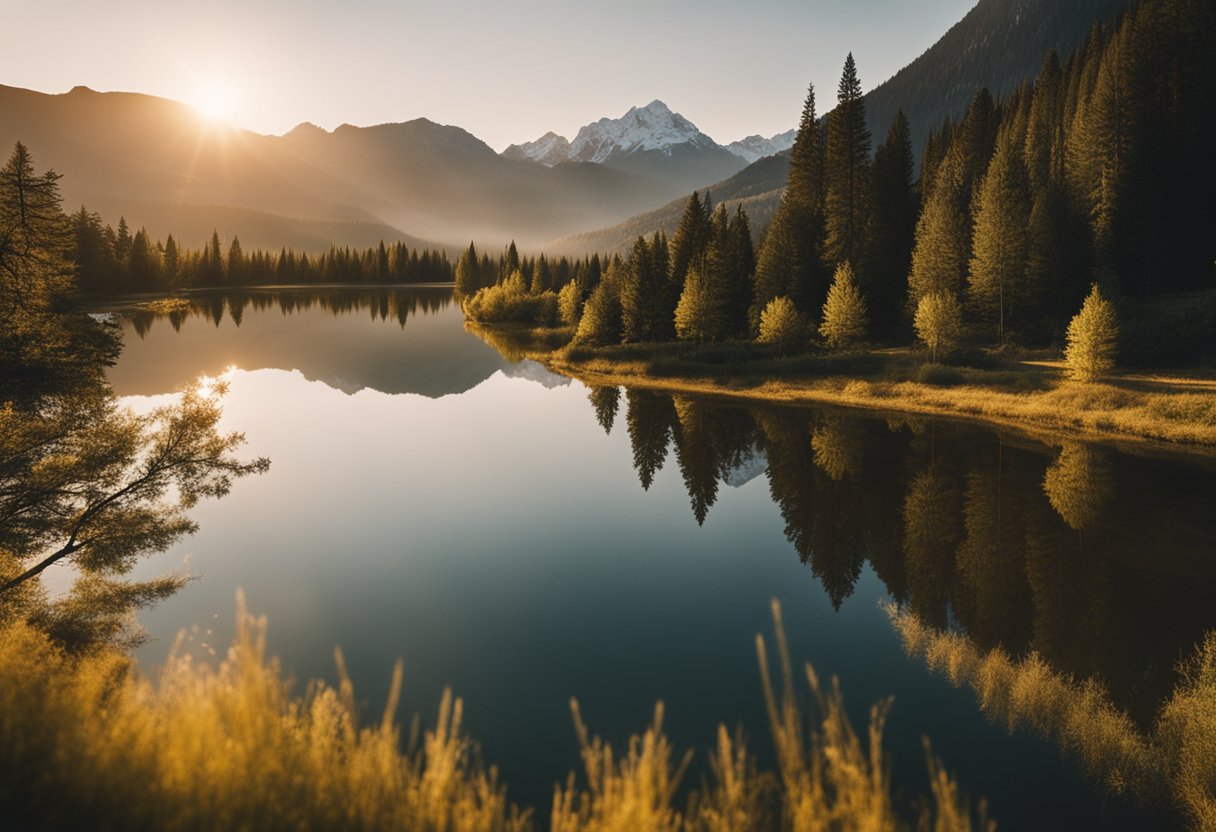
Water reflections are an excellent way to add a unique and captivating element to landscape photography. Capturing reflections in your photographs can add depth, interest, and beauty to your images. However, taking good reflection shots can be challenging, as it requires a good understanding of light, composition, and technical skills.
To capture the beauty of water reflections in landscape shots, it is essential to pay attention to the quality of light. The best time to shoot reflections is during the golden hour, which is the period shortly after sunrise or before sunset when the light is soft, warm, and diffused. The low angle of the sun creates long shadows and enhances the texture and details of the scene, making it ideal for capturing reflections.
Another important aspect of capturing reflections is the composition. The reflection should complement the landscape rather than overpower it. To achieve this, it is crucial to find a balance between the reflection and the surrounding elements, such as the sky, trees, or mountains. A well-composed reflection shot can create a sense of harmony and balance, making it more visually appealing.
Understanding Water Reflections
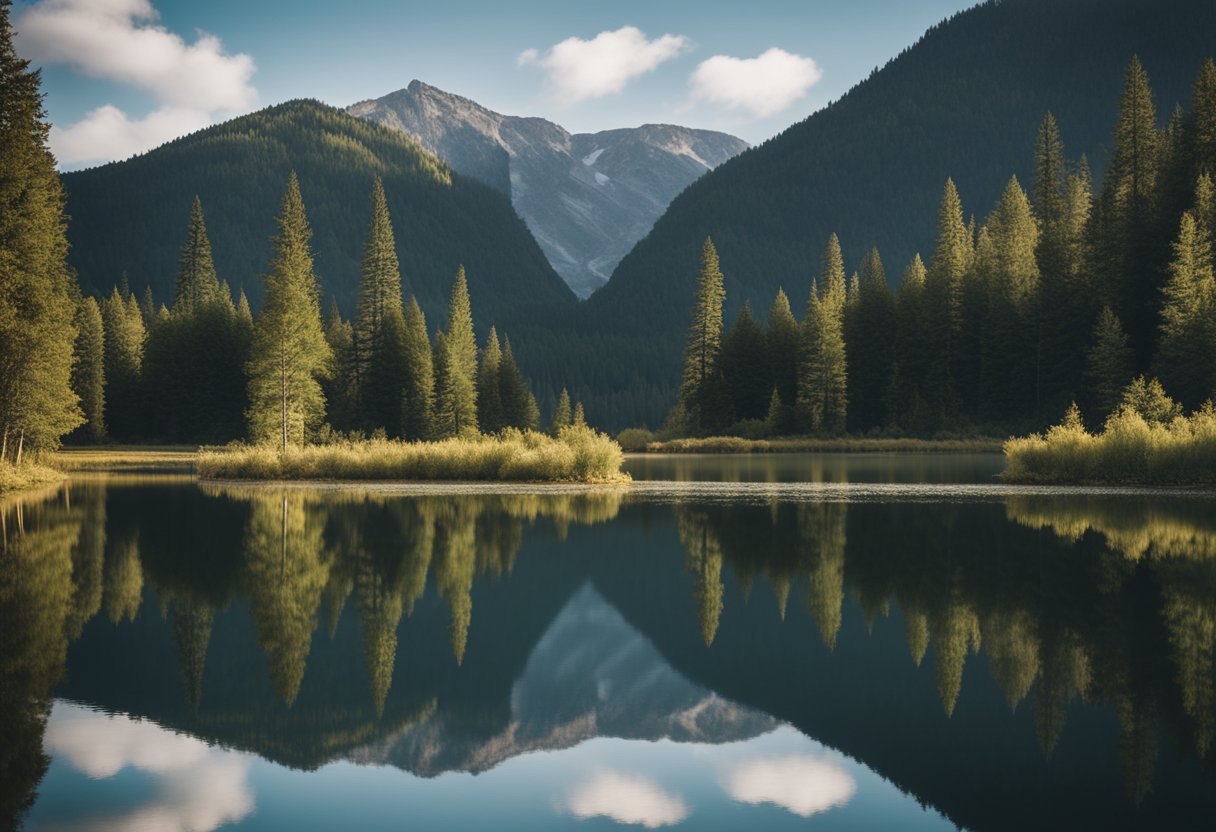
The Science of Reflection
Water reflections occur when light waves hit a surface and bounce back. The angle at which the light hits the surface, and the angle at which it bounces back, determine the quality of the reflection. When the angle of incidence is equal to the angle of reflection, the reflection is clear and crisp. However, when the angle of incidence is different from the angle of reflection, the reflection becomes distorted.
The clarity of water reflections also depends on the smoothness of the water surface. Still waters produce clearer reflections, while rough waters produce distorted reflections. The size of the waves and the direction of the wind can affect the smoothness of the water surface.
The Role of Light
The quality of light also plays a significant role in the beauty of water reflections. The best time to capture water reflections is during the golden hour, which is the hour after sunrise and the hour before sunset. During this time, the light is soft and warm, and the shadows are long, creating a beautiful contrast.
The direction of the light is also crucial in capturing water reflections. When the light is behind the photographer, it illuminates the subject and creates a beautiful reflection. However, when the light is in front of the photographer, it creates a glare on the water surface, making it difficult to capture reflections.
To capture the beauty of water reflections, it is essential to understand the science of reflection and the role of light. By choosing the right time of day and the right angle of light, photographers can capture stunning water reflections that add depth and beauty to their landscape shots.
Equipment Essentials
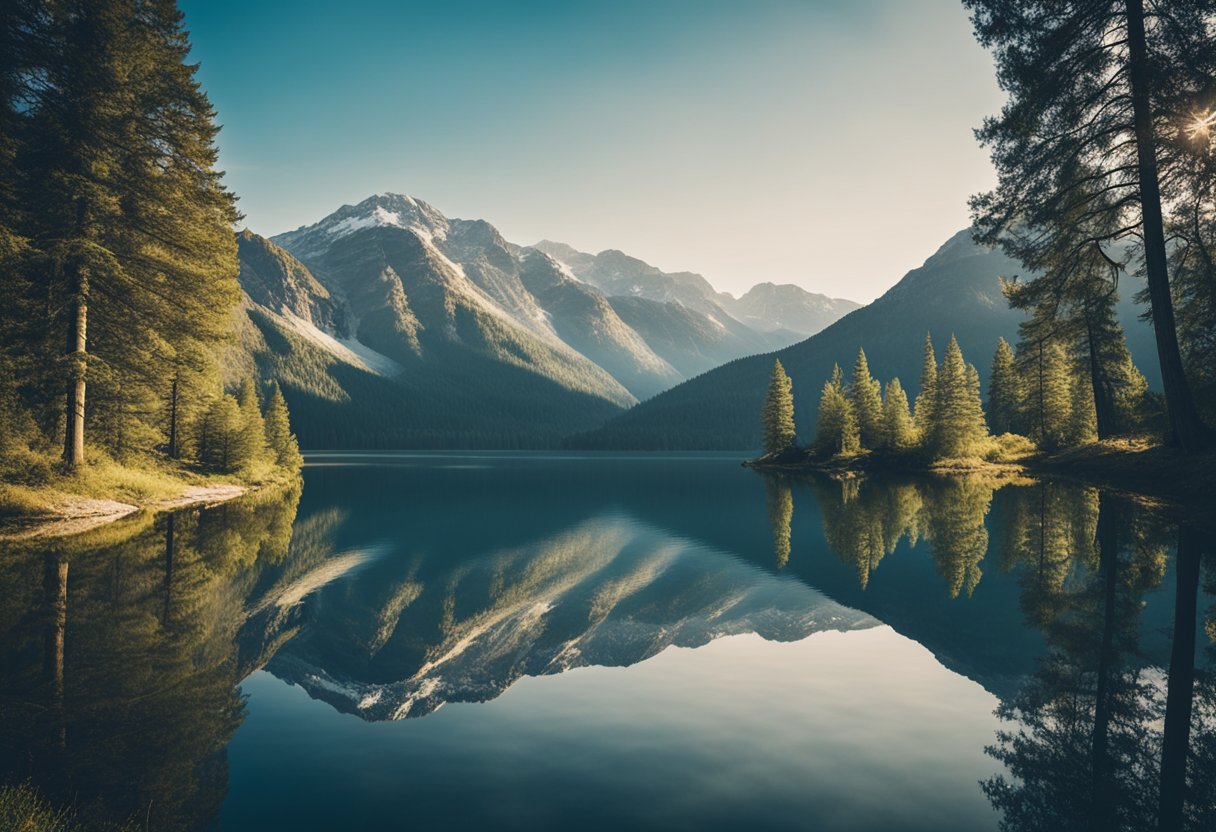
Choosing the Right Camera
When it comes to capturing water reflections in landscape shots, the camera you choose is important. A camera with high resolution and a good dynamic range is ideal for capturing the subtle details and colors in the reflection. A full-frame DSLR or mirrorless camera is recommended to achieve the best results.
Lens Selection
The right lens can make all the difference in capturing the beauty of water reflections in landscape shots. A wide-angle lens is ideal for capturing the entire scene, including the reflection. A lens with a fast aperture is also recommended to capture the details of the reflection in low light conditions.
Tripods and Stabilization
Stability is crucial when capturing water reflections in landscape shots. A sturdy tripod with a ball head is recommended to keep the camera steady and level. A remote shutter release or self-timer can also help to reduce camera shake and ensure sharp images. In addition, using a polarizing filter can help to reduce glare and enhance the colors in the reflection.
By choosing the right camera, lens, and stabilization equipment, photographers can capture stunning landscape shots that showcase the beauty of water reflections.
Camera Settings and Techniques
Exposure Settings
When capturing water reflections, it is important to adjust the exposure settings to ensure that the image is properly exposed. One technique is to slightly underexpose the image to bring out the details in the reflection. Another technique is to use exposure bracketing to capture a range of exposures and then merge them together in post-processing to create a well-exposed image.
Focus Techniques
To capture sharp water reflections, it is important to use the proper focus techniques. One technique is to use manual focus and focus on the reflection itself. Another technique is to use autofocus and focus on a point in the foreground or background to create a sense of depth in the image.
Using Filters
Filters can be used to enhance the beauty of water reflections in landscape shots. A polarizing filter can reduce glare and increase the contrast in the reflection, while a neutral density filter can be used to slow down the shutter speed and create a smooth, silky effect on the water surface. It is important to experiment with different filters and settings to find the best combination for each shot.
Composition and Perspective
Framing the Shot
When capturing water reflections in landscape shots, framing the shot is crucial to achieve the desired effect. The photographer should aim to include both the reflection and the object being reflected in the frame. This can be achieved by positioning the camera lower to capture more of the reflection or higher to include more of the object.
Additionally, the rule of thirds can be applied to create a balanced composition. The photographer should consider placing the horizon line on the top or bottom third of the image, depending on which element is more prominent in the shot.
Finding the Perfect Angle
The angle of the shot can greatly affect the overall look of the water reflection. A low angle can create a more dramatic effect, while a higher angle can produce a more serene and peaceful look. Experimenting with different angles can help the photographer find the perfect one for their desired effect.
It is also important to consider the position of the sun when shooting water reflections. Shooting during the golden hour, when the sun is low in the sky, can create a warm and inviting reflection. Shooting during midday when the sun is high can produce a harsher reflection.
Reflection Symmetry
Symmetry is a powerful tool in photography and can be used to create a striking water reflection shot. The photographer should look for symmetrical objects such as trees, buildings, or mountains to create a mirror-like reflection in the water.
It is important to note that wind can greatly affect the symmetry of the reflection. A calm day with little wind is ideal for capturing a symmetrical reflection. If there is wind, the photographer can use a slower shutter speed to create a softer look to the reflection.
By considering composition, perspective, and reflection symmetry, photographers can capture stunning water reflection shots that capture the beauty of nature.
Post-Processing Tips
Editing Software Choices
When it comes to post-processing your landscape shots, there are many editing software choices available. Adobe Lightroom and Photoshop are popular options among photographers. Lightroom offers a range of tools to adjust exposure, contrast, and color, while Photoshop provides more advanced editing features, such as layer masks and content-aware fill. Other software options include Capture One, ON1 Photo RAW, and DxO PhotoLab. Choose the software that best suits your editing needs and budget.
Enhancing Reflections
To enhance water reflections in your landscape shots, start by adjusting the exposure and contrast. This will help bring out the details in the reflection. You can also use the clarity and dehaze sliders to add more definition to the reflection. If the reflection is not as clear as you would like, try using the clone stamp or healing brush tool to remove any unwanted objects or distractions in the water.
Another way to enhance reflections is by using the graduated filter tool. This tool allows you to adjust the exposure and contrast of specific areas of the image. By using the graduated filter tool on the reflection, you can make it stand out more in the image.
Balancing the Elements
When editing landscape shots with water reflections, it’s important to balance the elements in the image. This means adjusting the exposure, contrast, and color of the reflection to match the rest of the image. If the reflection is too bright or too dark, it can throw off the balance of the image.
To balance the elements, use the white balance tool to adjust the temperature and tint of the image. This will help ensure that the colors in the reflection match the colors in the rest of the image. You can also use the saturation and vibrance sliders to adjust the intensity of the colors in the reflection.
By following these post-processing tips, you can capture the beauty of water reflections in your landscape shots and create stunning images.
